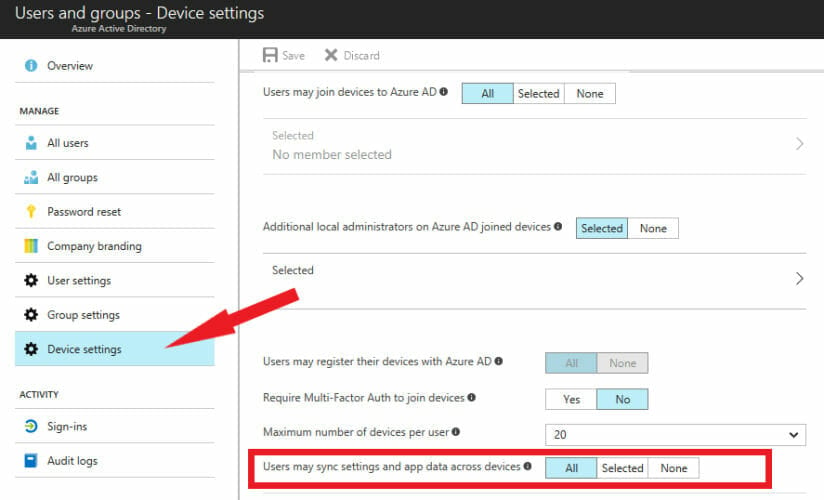

- Daemon sync backup app crashes authorization install#
- Daemon sync backup app crashes authorization update#
- Daemon sync backup app crashes authorization windows#
Verify your version of Windows or Outlook meets all these system requirements.

Open the contact in Outlook to view the conflict message.Note that other issues might be reported here, too. In Outlook Mail, open your Sync Issues Conflicts folder to find which contact has a conflicting version.You don't lose any data when this happens-both versions of the contact are retained.
Daemon sync backup app crashes authorization update#
If you update a contact from both Outlook and Google Workspace or a separate mobile device, a conflict can occur because GWSMO retains 2 versions of the contact. Some calendar, contact, notes, or tasks folders aren't syncing
In the Edit String box, under Value data, enter. Right-click the SMTP value you created and select Modify. Enter SMTP as the new value, and press Enter. Select the FreeBusySupport folder you created. Enter FreeBusySupport as the name of the key, and press Enter. If you don't find FreeBusySupport folder in the SchedulingInformation folder, click Edit New Key to create a new key folder. Navigate to HKEY_LOCAL_MACHINE\SOFTWARE\Microsoft\Office\ your_Outlook_version\Outlook\SchedulingInformation\. Note: If you're using a 32-bit version of Outlook on a 64-bit version of Windows, enter %systemroot%\syswow64\regedit instead in the Run dialog. Note: Alternatively, press the Windows key + R. In the Start menu, click Windows System Run. For details, go to Using a 32-bit version of Outlook on a 64-bit version of Windows. Note: If you're running a 32-bit version of Outlook on a 64-bit version of Windows, you'll need to add these registry keys in the correct location for 32-bit applications. HKEY_CURRENT_USER\Software\Google\Google Apps Sync\Other\ReceiveTimeoutSeconds > DWORD Value = 00000600. HKEY_CURRENT_USER\Software\Google\Google Apps Sync\Other\SendTimeoutSeconds > DWORD Value = 00000600. HKEY_CURRENT_USER\Software\Google\Google Apps Sync\Other\ConnectTimeoutSeconds > DWORD Value = 00000030. HKEY_CURRENT_USER\Software\Google\Google Apps Sync\Other\ResolveTimeoutSeconds > DWORD Value = 00000030. Add the following keys to override the default timeout values: You can extend this period by modifying your Windows registry. By default, the timeout is hard-coded to occur at 90 seconds. The message remains unsent in your Outbox. You should see the folder and content in /path_in_container.If you send a message with large attachments over a slow connection, the connection can time out. And in toolbox, run docker run -it -v /mydocker:/path_in_container image_name /bin/sh. Mine was "cd mydocker", then with ls you can see the files you shared with VM. Then run docker-machine ssh default, and just change directory to the folder you shared (with given name). Then closed that machine and docker windows, then started docker toolbox again. I first defined a shared folder on VirtualBox to the machine I use. You better use the Kitematic UI to help you. Map a directory in your container to the directory in your VM Map a Windows directory to the VM through VirtualBox manager So your docker -v command actually maps the directory between the VM and the container. Because your containers are reside inside a VirtualBox VM. On Windows, you can not directly map Windows directory to your container. Turned out that Docker Toolbox needs a different approach as stated in this discussionĭocker Forums: Map Windows Directory to Docker Container Note in both examples, I've quoted the path in case in includes spaces. To disable that, you switch to a second leading slash: docker run -ti -h python -v "/$(pwd):/root/docker" -p 9999:9999 ubuntu:latest //bin/bash Daemon sync backup app crashes authorization install#
If you use git bash, it has its own unique feature of turning something with a forward slash into a relative path under its install directory.

That would look like: docker run -ti -h python -v "/c/Program Files/.:/root/docker" -p 9999:9999 ubuntu:latest /bin/bash

In this command: docker run -ti -h python -v $. The "invalid mode" error comes from parsing the third field in a volume mount, where each field is separated by a colon.








 0 kommentar(er)
0 kommentar(er)
